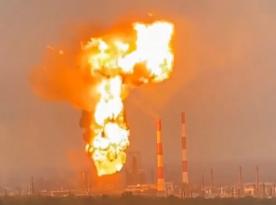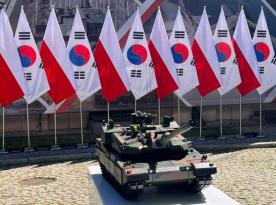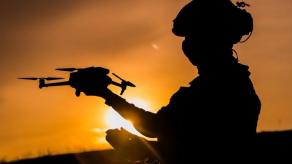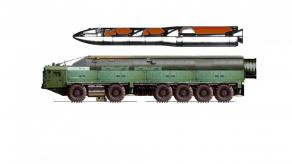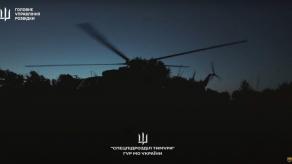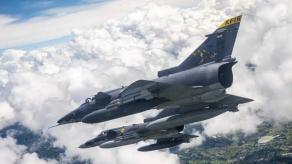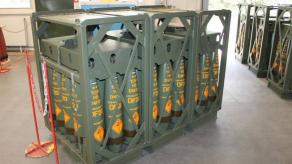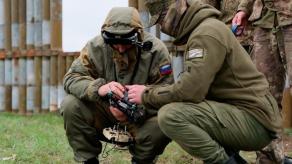The ground forces of South Korea have begun decommissioning all 60- and 81-mm mortar systems and replacing them with lightweight attack drones. The plan is currently in the final stage of approval, explains ROK Army Chief of Staff, General Park An-su, as quoted by the Korean broadcaster MT.
This massive change means that the organizational structure within the Army will be reformatted as well. For example, instead of "heavy weapons companies" with 81-mm mortars as the main weapon for engaging the enemy, the Koreans will have "drone weapons companies."
Read more: After Poland's Refusal to Supply South Korean Tanks and Artillery, Ukraine Needs to Establish Closer Ties with Seoul

Defense Express notes that this decision by the Korean military marks the most deep-running to date result of studying the experience and practices of the Ukrainian Defense Forces in the war against the russian federation. Ukraine was the pioneer of creating attack drone companies in the national Armed Forces in March 2023. Moreover, drones in general — not just explosive FPVs but also ordinary Maviks with improvised explosive bomblets or heavy-lift multicopter bombers — have been playing a major part in repelling russian assaults.
Apparently, South Korea is seeking to replicate this success as it faces a potential clash with a similar foe: much superior in manpower, completely insensitive to losses, and with a huge advantage in artillery. Compared to the 0.5 million-strong ROK army, the adversary, North Korea, has over 1.28 million people enlisted into military service and an extra 6 million ready to mobilize within days.
Similarly to russia, the Democratic People's Republic of Korea will rely massively on its artillery prowess as the main driving force during operations. The estimated arsenal of North Korea is 21,600 artillery pieces. That is supplemented by waves of cannon fodder thrown into assault in the best Soviet bloc traditions.
Although mortars have commonly been seen as a simple and easily mass-produced answer to such cannon fodder assaults, Seoul is concerned about the vulnerability of mortar units on the modern battlefield.

For 60mm mortars, the firing range is only 3 km, and the setup kit weighs 20 kg; an 81mm mortar has a range of about 7 km and weighs 40 kg. In both cases, the soldiers deploying them must work very close to the line of contact, which is especially dangerous in intense counter-battery warfare conditions. Moreover, South Korea seemingly realized that the DPRK could invest in FPV drones and supply its forces with a plethora of cheap mass-produced explosive aerial vehicles that pose a particular threat to mortar teams.
At the same time, the introduction of "attack drone companies" provides much broader capabilities on the battlefield while keeping the operators at greater distances from the frontline.

Considering that the 81- and 60-mm mortar systems are standard and widely used equipment in the army of South Korea, such a reform signifies wide-scope reflections on the lessons from the biggest continental war since WW2 between Ukraine and russia. Unlike the pinpoint changes that have been adopted by the USA, for example, Seoul's commitment is so far the most vivid example of how this conflict shapes trends and perspectives on modern-era warfare.
Worth noting, South Korea is not discarding other types of mortars. There are still 120mm models and 107mm mortars that will remain in service.
Lastly, let's take note that meanwhile, on the other side of the continent, in Spain, the armed forces have just begun the opposite: ordered Eimos self-propelled mortar systems from Expal, 84 units to be delivered by 2027.
Read more: US Military Analysts Do Little to No Study of Ukraine War, And They Have Reasons





